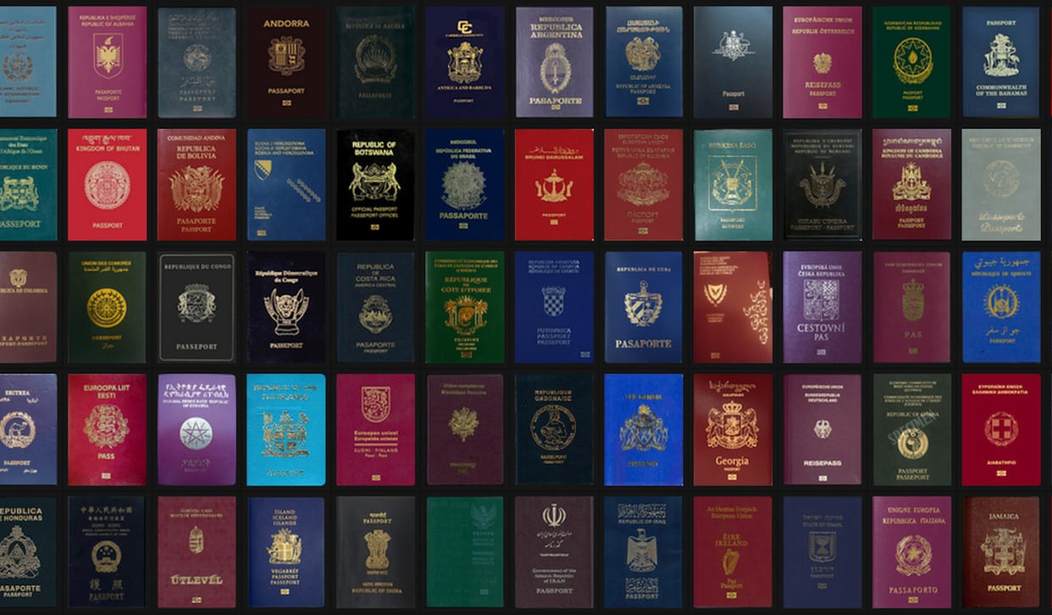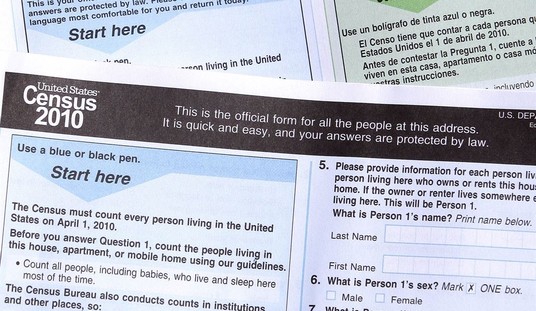In military conflict, bridges figure large. Retreating armies want to blow them up to slow advancing armies; advancing armies want to capture and preserve bridges to aid forward progress. They even bring along their own.
The metaphor of bridges in warfare is one way to contemplate the homeland security problem of how to retard the advancing flow of illegal migrants from the Islamic world to America’s land borders. This human traffic — the sort that camouflaged at least three ISIS terrorists as they traversed to their attack on Paris — is primarily made possible by long-haul human smuggling networks, which bridge distant countries.
These smuggling networks provide the exceptionally long bridges that for years have made it possible for “special interest aliens,” or SIAs — the term for Syrians, Iraqis, Pakistanis, Somalis, Afghanis, Iraqis, Iranians, and the citizens of two dozen other countries where Islamic terrorism organizations exist — to reach the U.S. southwestern border. Given the vast distances to be covered and the necessary stolen passports, ill-gotten visas, fake identity documents, and corrupt airport customs officers who require bribes, ISIS terrorists would be hard-pressed to make the journey without the SIA smugglers.
These smugglers are a key. If our nation’s homeland security leaders want to slow these migrants to reduce the threat of a Paris-style attack in the U.S., putting holds on United Nations refugee resettlement programs isn’t even close to an answer, as per last week’s article.
But blowing up the bridges is.
Our current campaign has to get better at disrupting the human smuggling networks far from their border goal line, long before an SIA can step into the country and claim asylum.
Comprehension of these smuggling networks, knowing where their strengths and weaknesses lie, is the prerequisite. We have to know where on the bridges (forgive the now-stretched metaphor) to place the explosive charges. Within my Naval Postgraduate School thesis research on these smuggling networks, I describe how examining thousands of smuggling prosecution court records provided the facts on how SIA smuggling succeeds as a system. In turn, this knowledge leads to being able to discern their “fail points” — particularly the most important one.
So listen up, D.C.: the following needs to be added to the discussion.
The first and most important factor critical to SIA smuggling success also happens to be the first fail point: SIA smuggling leadership is very difficult to replace.
Analysis of public files from the 19 court prosecutions reveal that SIA smuggling is such a complex endeavor that only certain men and women of unique talents can establish and succesfully run the networks. These men and women tend to be larger than life, colorful entrepreneurs of remarkable ingenuity. However, their unique combination of necessary attributes also presents potential weaknesses that American law enforcement will need to one day exploit, most likely after SIAs manage to strike the homeland as they did in Paris.
Most of the prosecuted smugglers I studied ran guided, full-service, door-to-door affairs. A paying client in, say, Syria could expect to be provided with fraudulent documents, housing, and various forms of transportation in distinct stages of the long journey right up to the Texas or California border.
The “kingpins” surrounded themselves with a circle of trusted insiders of the same nation and language to whom would fall the most sensitive tasks. These trusted, ethnically affiliated lieutenants helped with the initial recruitment in their Middle East or North African countries. They oversaw the loose-knit collection of interchangeable local networks, usually Hispanic, in Latin America, and often personally saw to it that their clients were safely handed from one subordinate smuggler to the next one. They paid bribes, booked airline tickets, and regulated all movement from one country to the next.
To build such organizations and to run the coalitions of local Hispanic networks, almost all of the kingpins held dual citizenships, maintained personal residences in source countries and in Latin America, and knew multiple languages (the most useful being English and Spanish).
These attributes allowed them the freedom of intercontinental movement and the flexibility to conduct necessary business with clients and with different confederates along the routes. The kingpins also maintained pivotal access to key corrupt officials and to necessary fraudulent documents.
They led by maintaining central control over cash flow, communications, and logistical decisions characteristic of any assembly line, such as when and where clients’ groups will be moved from one day to the next.
Unlike other illicit entrepreneurs, SIA smuggling kingpins generally did not rule by violence. They probably know they have few real rivals, and that they are working mostly with willing, compliant, and highly dependent customers.
According to prosecutors, profit rather than ideology was almost always the primary driving motivation. However, I did find a number of cases where sympathy for Islamic extremists was not exactly a vice.
For all of their devious talents, kingpin smugglers make their organizations vulnerable because they are not easily replaced. Their removal can seriously disrupt their network. The kingpins are fail point #1.
But as you are going to see, above all else these SIA kingpins are highly attuned to finding paths of least resistance. They have had plenty of such paths to choose from, aided and abetted by countries of Latin America that — on paper — are U.S. allies.
————————-
(Next article: Fail Point #2 — The Islamic World’s Latin American Embassies)









Join the conversation as a VIP Member